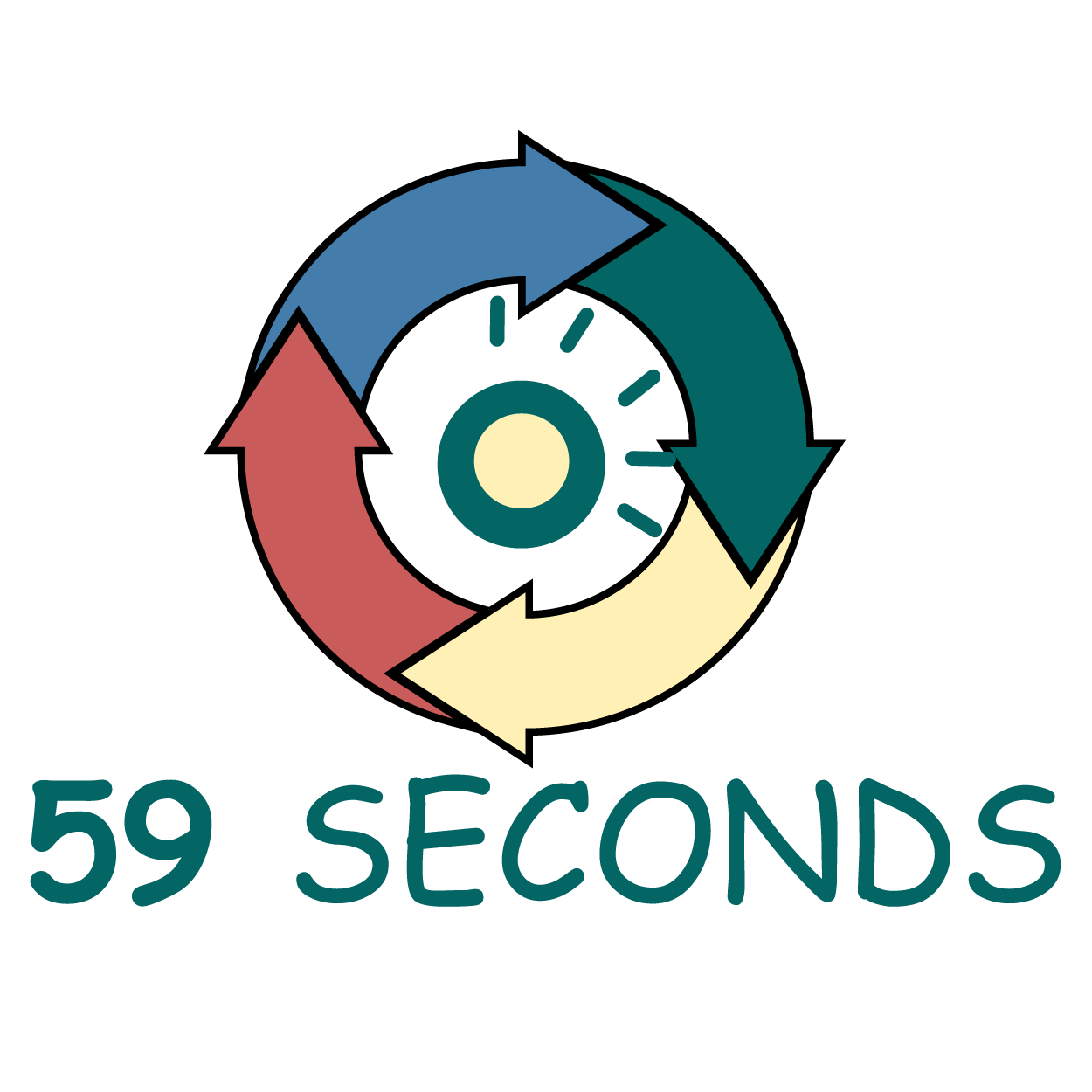
The Agile Fundamentals – Part 13
The Product Owner Adding Value to Sprints
At the beginning of each sprint and release, he reminds the team of goals and vision of the product thus making the team aware of the overall roadmap of the product. At the end of each sprint, he examines the progress of the product. He is the person who can accept if a story is done. He defines the acceptance criteria and validates that acceptance test is done and meets the DoD (Definition of Done). Focusing on delivering a functional increment of software required by the customer at the end of each sprint he values working software over comprehensive documentation (second value of Agile manifesto). In this way, he optimizes the return of investment(ROI). He also assures the level of quality of the work. In different Agile ceremonies, he can optionally attend stand-up meetings, but he participates in sprint planning and sprint review meetings.
The Product owner is in direct contact with customers and stakeholders. He builds and maintains a constant relationship with stakeholders. He talks to them to find out what they value and what they expect, fulfilling the fourth value of Agile manifesto (valuing customer collaboration over contract negotiation). The Product owner gets the feedback from customers and creates new requests for the sprint planning sessions. In this way, he assures the continuous improvement of the product regarding the third value of Agile manifesto (valuing responding to change over following a plan). If a strategic change is required, he is the only person that can change the direction of the product at the end of sprint. He can also terminate a sprint if the current items in the product backlog are not in line with the required change.
59 Seconds Training Video
<– Continue Reading –>
Master of Agile – Agile Scrum Developer With 59 Seconds Agile (Video Training Course)
Introductory Offer: Free Course
Master of Agile – Agile Scrum Developer With 59 Seconds Agile (Video Training Course)
What is this course?
This ‘Master of Agile – Agile Scrum Developer With 59 Seconds Agile (Video Training Course)’ provides an in-depth understanding of the Agile Scrum Developer roles and responsibilities
You will explore the Agile Scrum project life-cycle, including how an Agile User Story is created, to how we know when it is ‘done’
This course is aimed at those with or without prior knowledge and experience of the Agile values and principles
During this course you will learn the tools needed to succeed as an Agile Scrum Developer
What will you learn?
You will gain an in-depth understanding of the Agile Scrum Developer roles and responsibilities, and you will be able to
- Fully understand the role of the Agile Scrum Developer
- Understand the roles involved in an Agile project
- Create an effective Product Backlog
- Effectively participate in Scrum Meetings such as the Daily Stand-up, Sprint Review and Retrospective
- Identify the roles involves in the Scrum Team

What topics are covered within this course
You will cover the following topics during this course:
- An Introduction to Agile Project Management (Developer)
- The 12 Agile Principles (Developer)
- Introduction to Scrum (Developer)
- Scrum Project Roles (Developer)
- The Agile Project Life-cycle (Developer)
- Acceptance Criteria and the Prioritised Product Backlog (Developer)
- Initiating an Agile Project (Developer)
- Forming the Scrum Team (Developer)
- Epics and Personas (Developer)
- User Stories and Tasks (Developer)
- Implementation of Scrum (Developer)
- The Daily Scrum (Developer)
- The Product Backlog (Developer)
- Scrum Charts (Developer)
- Review and Retrospective (Developer)
- Validating a Sprint (Developer)
- Retrospective Sprint (Developer)
- Releasing the Product (Developer)
- The Communication Plan (Developer)
- Formal Business Sign-off (Developer)
Our Book Recommendations
We found these books great for finding out more information on Agile Scrum:
